8 Most Expensive States To Live In
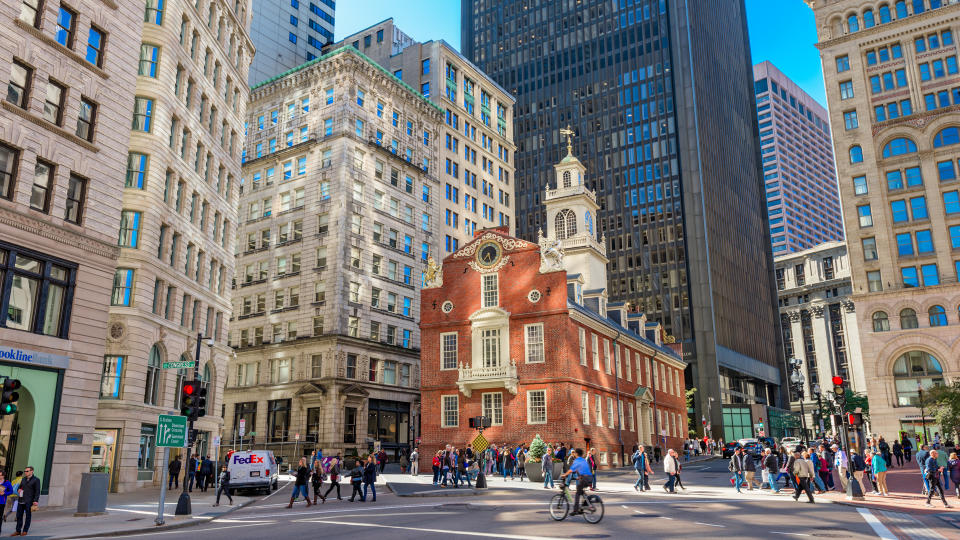
Depending on whereyou’re living in the U.S., costs will vary for things like the food you eat, the energy you consume, the healthcare you require and the transportation you use. Sometimes, these cost differences are astronomical.
See More: 7 Ways the Upper Middle Class Can Become Rich in 2024
Try This: 6 Genius Things All Wealthy People Do With Their Money
To find the most expensive states to live in, GOBankingRates looked at annual living expenses for all 50 states, utilizing the 2022 Consumer Expenditure Survey, which is the most recent data from the Bureau of Labor Statistics. The cost-of-living indexes were gathered for housing, groceries, utilities, healthcare and transportation, and overall annual expenditure totals for each living expense were calculated.
Final rankings for the most expensive states to live in were determined by the overall annual expenditures of each state. Here are the eight most expensive states to live in.
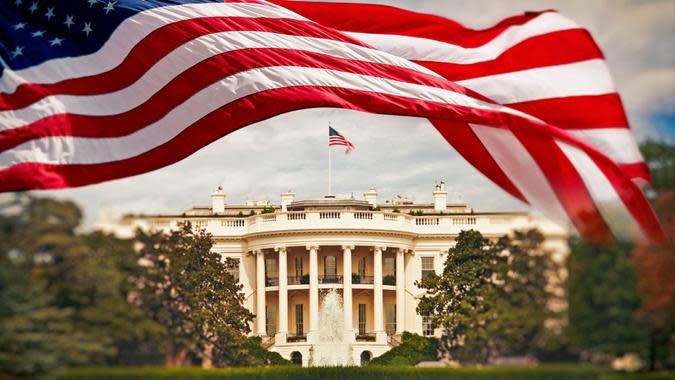
Washington, D.C.
Cost-of-Living Index: 149.7
Annual Cost-of-Living Expenditures: $109,232
While technically not a state, Washington D.C. would certainly be on this list if it was, so we included it as a bonus. The nation’s capital has an annual cost of living $36,265 above the national annual expenditures of $72,967. However, healthcare costs in D.C. are the second lowest on the list, coming in at an average of $7,156 each year.
Good To Know: 10 Expenses Most Likely To Drain Your Checking Account Each Month
Be Aware: 4 Red Flags as You Check Your Bank Statements Every Month
Sponsored: Owe the IRS $10K or more? Schedule a FREE consultation to see if you qualify for tax relief.
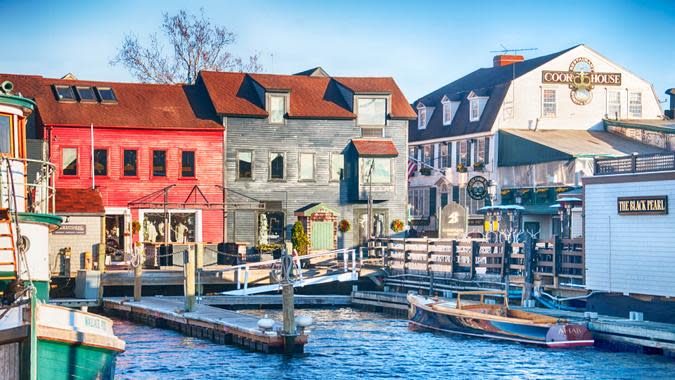
Rhode Island
Cost-of-Living Index: 111.8
Annual Cost-of-Living Expenditures: $81,577
For being such a small state, Rhode Island comes with big expenses, particularly when it comes to the annual cost of utilities adding up to $17,249 annually. However, when it comes to the cost-of-living index for groceries, Rhode Island checks in at 99.5, or $5,674 annually.
Check Out: How To Tell Whether You’re Poor, Middle Class, Upper Middle Class or Rich
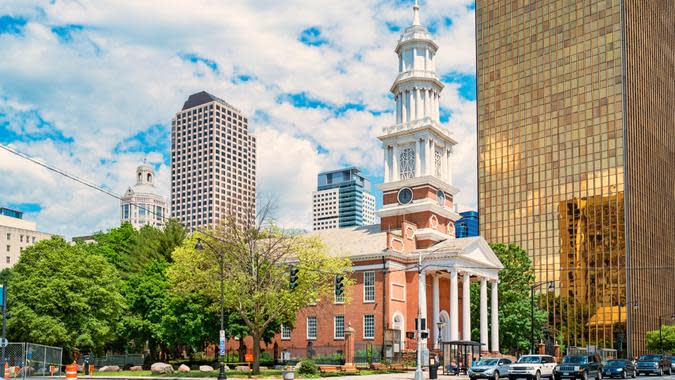
Connecticut
Cost-of-Living Index: 114.4
Annual Cost-of-Living Expenditures: $83,474
Utilities are higher in Connecticut than the national average — $18,422 versus $14,507. The high utility costs are partially due to the region relying on natural gas to fuel its power plants, according to CT Insider.
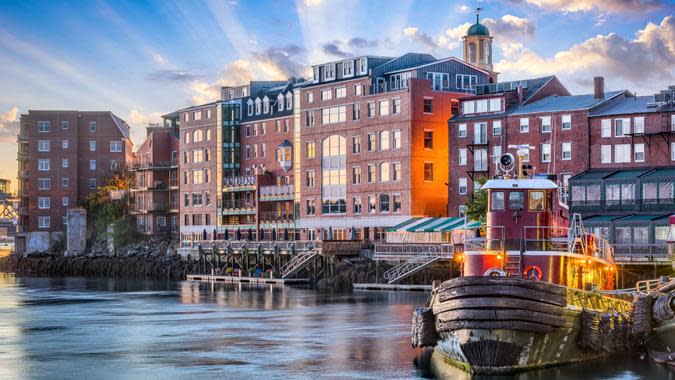
New Hampshire
Cost-of-Living Index: 114.6
Annual Cost-of-Living Expenditures: $83,620
In New Hampshire, housing, utilities and transportation are all above the national average. However, healthcare there is the second-most expensive out of all the states on this list, costing $8,623 per year, while the national average cost for healthcare is more than $1,600 less annually at $6,954.
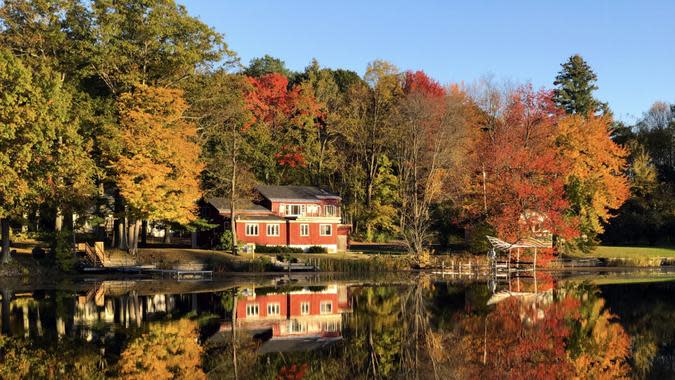
Vermont
Cost-of-Living Index: 115.6
Annual Cost-of-Living Expenditures: $84,350
According to Vermont Public, Vermont is at the end of the energy pipeline, which makes energy more expensive for the state, about 21.2% more costly than the national average. Also, natural gas is mostly used by people in their homes, not by big industrial consumers who could offset the energy costs.
Related Also: How Far a $100,000 Salary Goes in America’s 50 Largest Cities

Alaska
State Cost of Living Index: 125.3
State Annual Cost of Living Expenditures: $91,428
When it comes to the cost of living related to healthcare, Alaska’s is much more than any other state on this list at 52.1% above the national average. Limited competition among medical providers, high compensation for providers and higher hospital profit margins all contribute to the higher healthcare costs, according to Alaska Common Ground.

California
Cost-of-Living Index: 139.7
Annual Cost-of-Living Expenditures: $101,935
It’s no secret it costs a lot more to get around California, a place known for higher-than-usual gas prices and not known for its public transportation. The cost-of-living transportation index for California is 126.1, second only to Hawaii, and averages $5,736 annually in expenses.
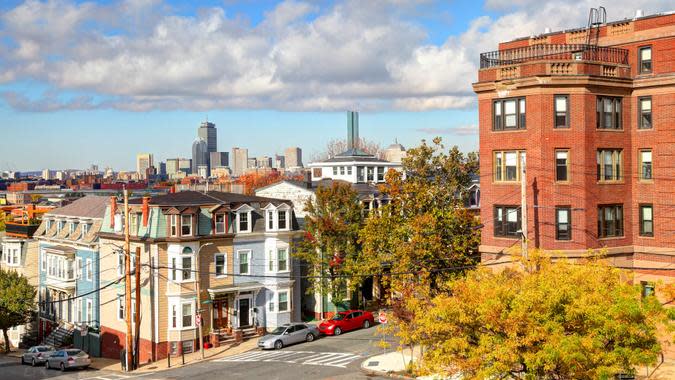
Massachusetts
Cost-of-Living Index: 143.1
Annual Cost-of-Living Expenditures: $104,416
Massachusetts has some expensive groceries, about $500 more than the national average of $5,703. While that might not be enough of a sticker shock to scare anyone away, the cost of utilities adds up to roughly $17,902 in Massachusetts, which is $3,400 higher than the American average of $14,507.
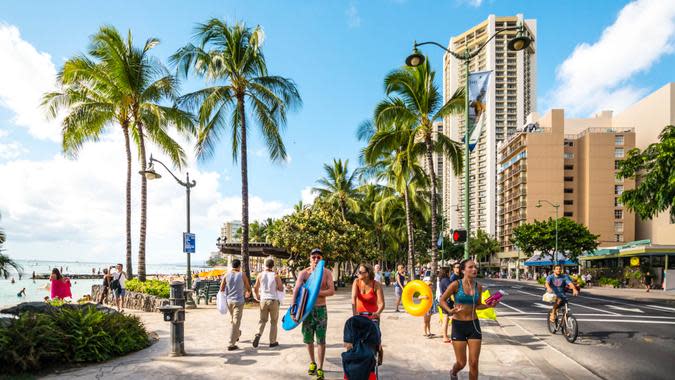
Hawaii
Cost-of-Living Index: 181.5
Annual Cost-of-Living Expenditures: $132,435
The island state wins the prize for highest cost-of-living index, outranking any other state on the list by at least 31 points. Hawaii is truly a paradise, but it is also the most expensive state in America to live in. The annual cost of living is $59,468 higher than the average amount around the nation.
Cynthia Measom contributed to the reporting for this article.
Methodology: To find the most expensive states to live in, GOBankingRates analyzed the average cost of living expenditures across multiple categories including; [1] Grocery cost of living index, [2] Healthcare cost of living index, [3] Utilities cost of living index, [4] Transportation cost of living index, and [5] Miscellaneous cost of living index, all sourced from Missouri’s Economic and Research Information Center. The cost of living indexes were multiplied by the national average costs of the same expenditure categories as sourced from Bureau of Labor Statistics: 2022 Consumer Expenditure Survey to find the average cost of each expenditure in each state. The expenditures were totaled to find the monthly and annual total costs. All data was collected and is up-to-date as of Oct. 12th, 2023.
More From GOBankingRates
What Makes a Good Bank in 2024, According to a Banking Expert
I'm a Personal Finance Writer: These Are the Worst Money Mistakes I Made in 2023
This article originally appeared on GOBankingRates.com: 8 Most Expensive States To Live In
